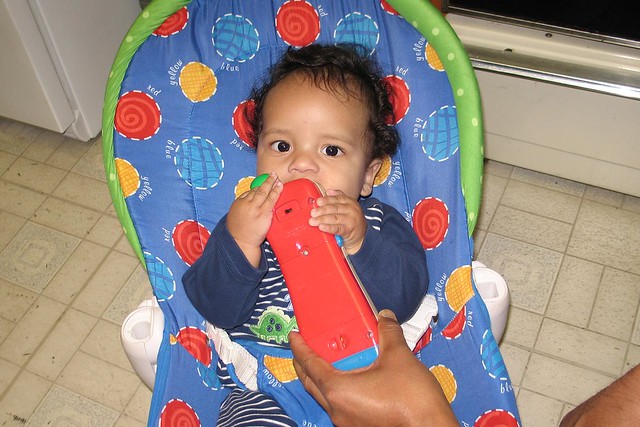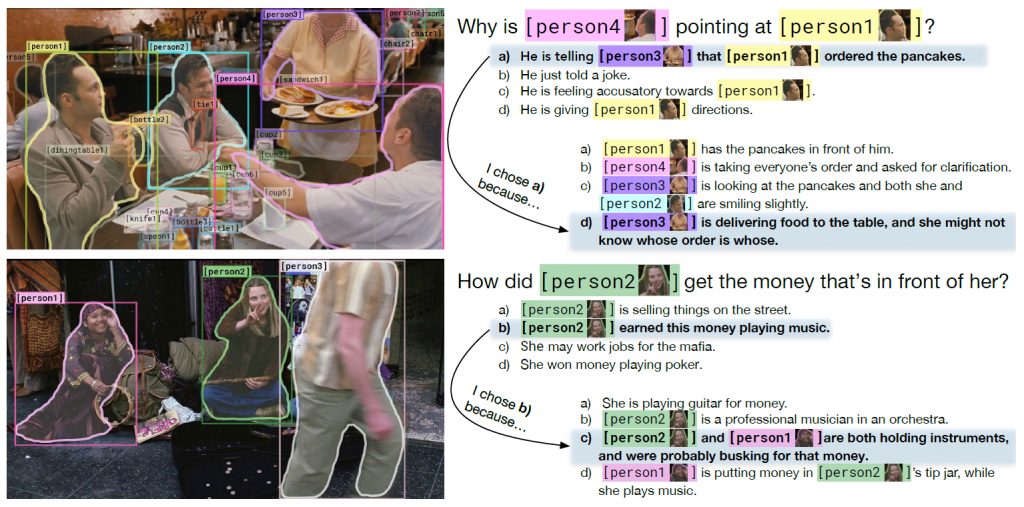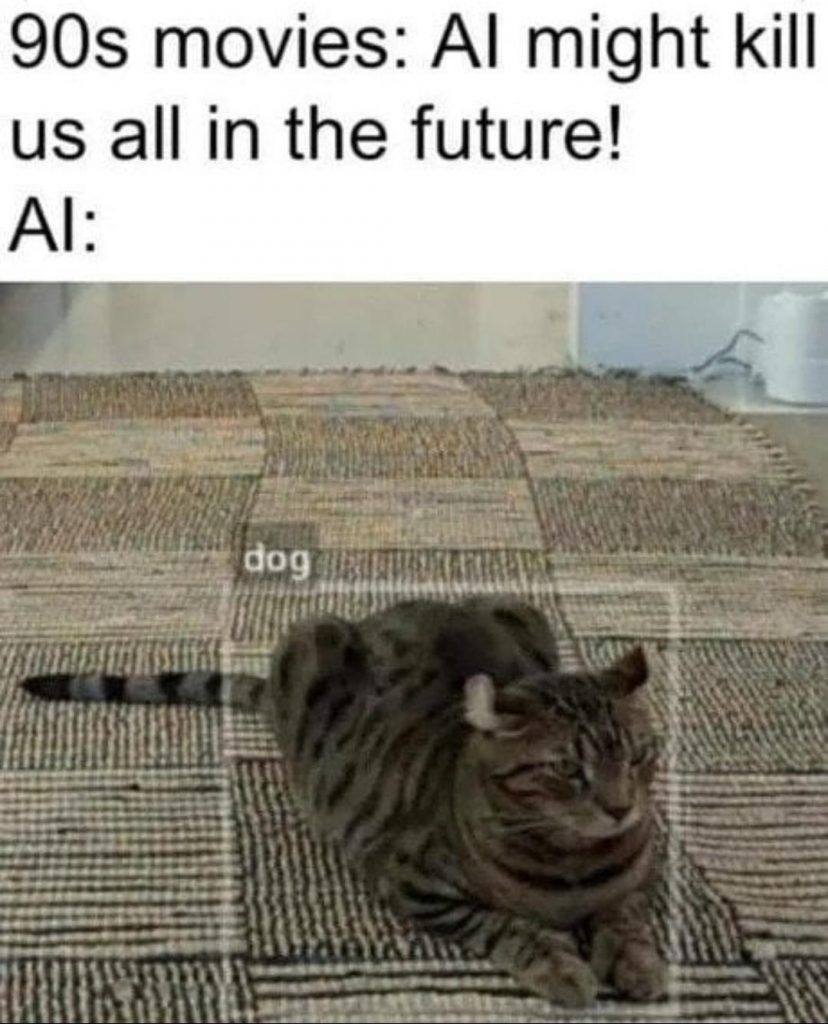

Xiyan's thesis "Understanding and Improving the Compositional Generalization Abilities of LLMs in Reasoning".
-- Congratulations, Xiyan, for your fine work!
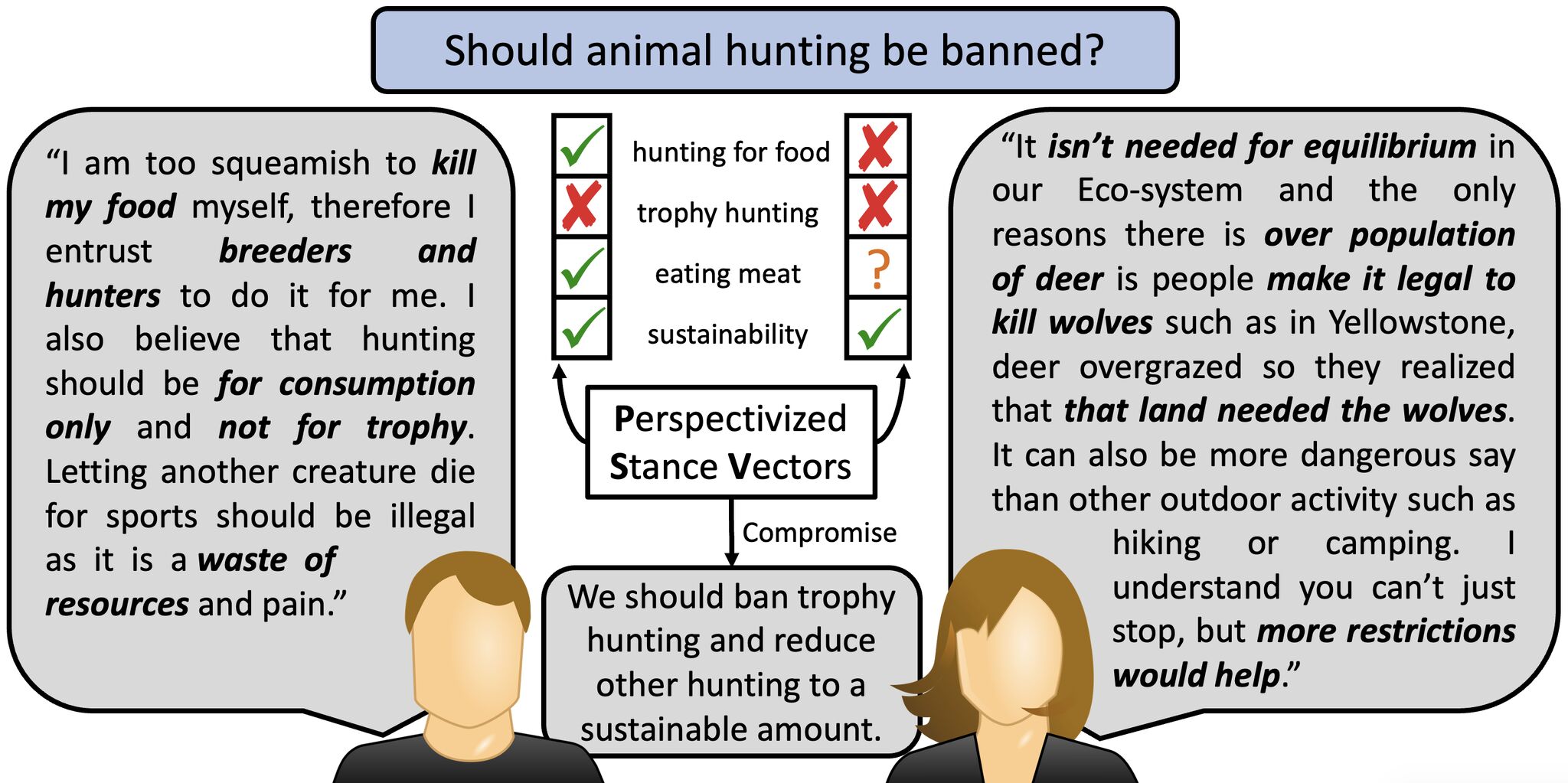
We present our new paper "From Argumentation to Deliberation: Perspectivized Stance Vectors for Fine-grained (Dis)agreement Analysis", accepted at NAACL'25 Findings
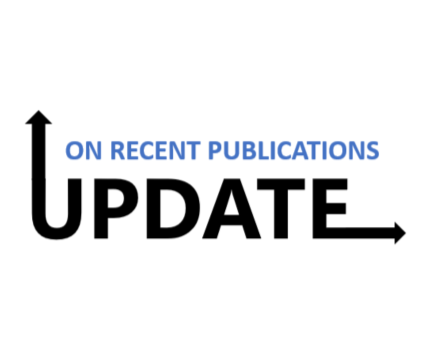
We present our new paper "Do Vision & Language Decoders use Images and Text equally? How Self-consistent are their Explanations?", accepted at ICLR'25

News Update from the HD-NLP Group and collaborators with new new publications in the Journal of NLP and EMNLP 2024, as well as recent and upcoming talks!
Let's dive in!
Her thesis "Measuring Contributions of Vision & Text Modalities in Multi- modal Transformers"
provides new metrics to examine the capabilities of VLMs and
to explore fundamental questions on multimodal fusion.
-- Congratulations, Letitia!
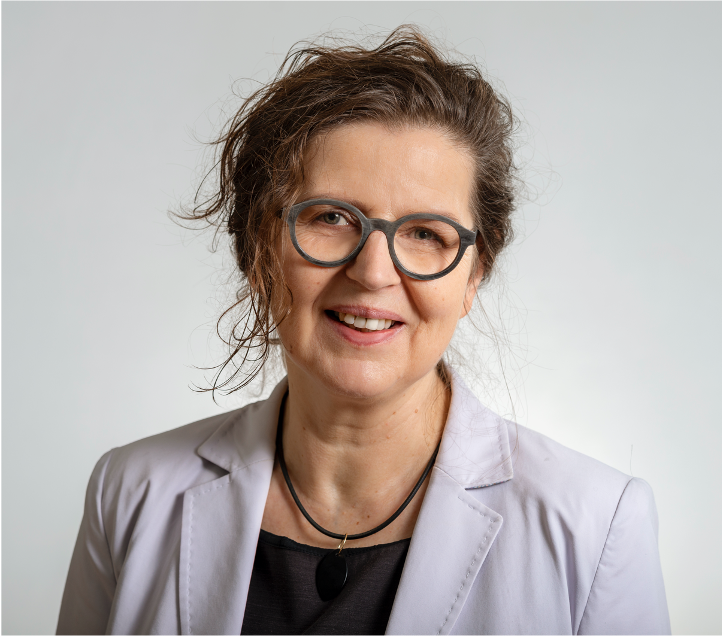
| Email (click to copy) | |
| Semantic NLP for advanced & situated Natural Language Understanding |
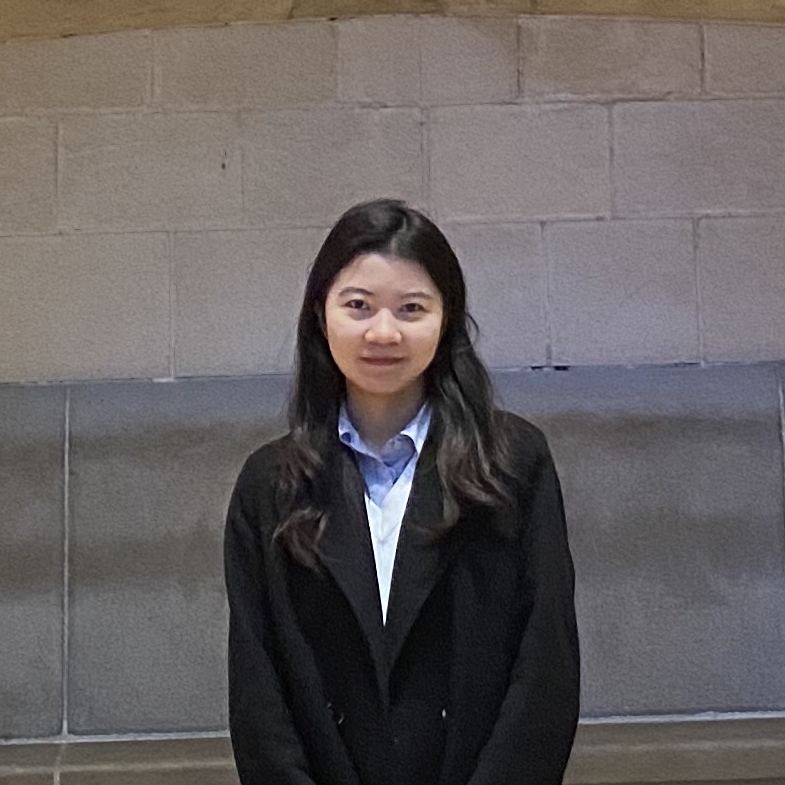
| Email (click to copy) | |
|
Event-based Reasoning Natural Language Generation Structured Meaning Representation |
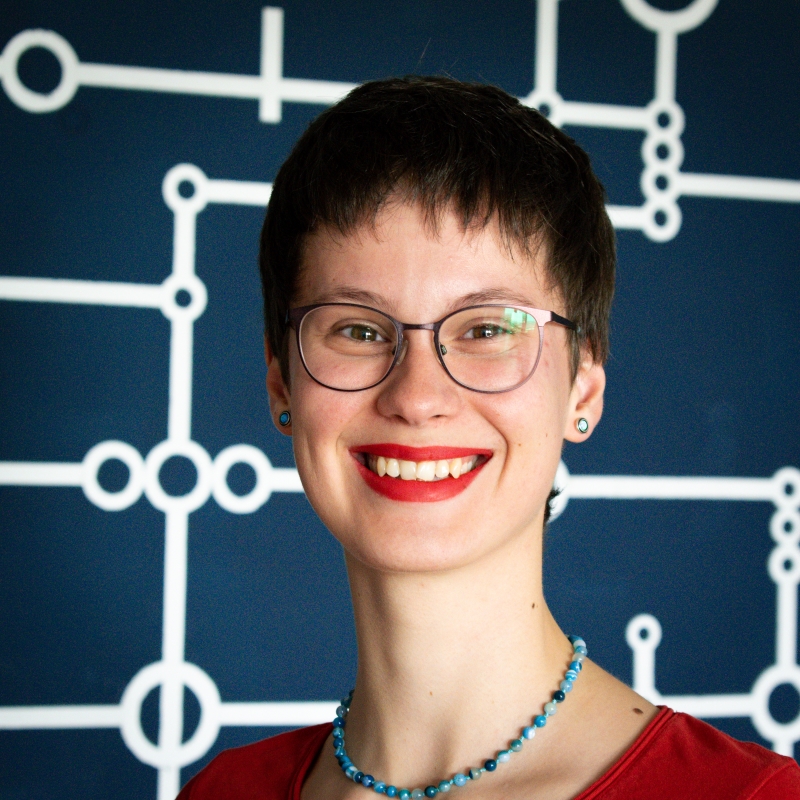
| Email (click to copy) | |
|
Multimodal Learning Vision and Language Multimodal Understanding |

| Email (click to copy) | |
| Combining Knowledge Graphs and Language Models |

| Email (click to copy) | |
|
Low-resource Languages Multilingual Language Models |
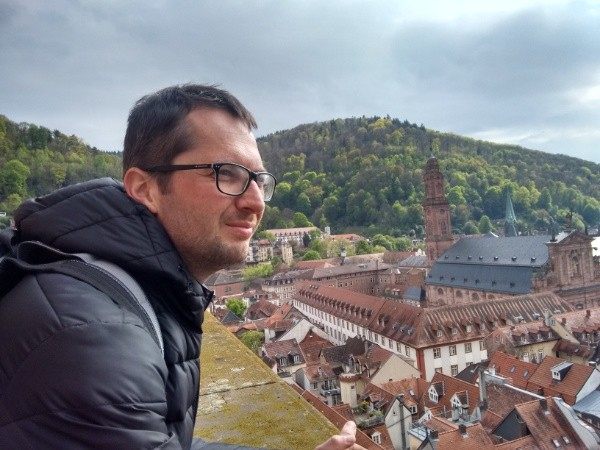
| Email (click to copy) | |
| Information Extraction from Medical Texts | |
| Institute for Computational Cardiology |

| Email (click to copy) | |
| Transcription and Transliteration | |
| Heidelberg Academy of Sciences |
The main purpose of language is to encode and communicate information of all sorts.
Our research focuses on semantics — the study of meaning — and how a machine can assign meaning to utterances: words, sentences and texts, as humans can do. Our work is linguistically informed and applies advanced machine learning techniques.
Understanding of language requires knowledge of language and the world, the ability to perform reasoning, and
situational context.
We study how to interface language with knowledge and how to ground language in the visual world. We investigate
what can be left implicit in texts,
given that language and knowledge interact, allowing humans to read between the lines.
For all this, humans and machines need knowledge:
about language, the world, people, social norms and the visual world.

Joint project between Prof. Anette Frank (ICL, Heidelberg University) and Prof. Philipp Cimiano (University of Bielefeld) within the DFG priority program RATIO: Robust Argumentation Machines

Joint project between Prof. Anette Frank (ICL, Heidelberg University) and Prof. Heiner Stuckenschmidt (University of Mannheim) within the DFG priority program RATIO: Robust Argumentation Machines
The project will uncover missing explanatory links in argumentative texts, fill in automatically acquired knowledge that makes the structure of the argument explicit and establish and verify the knowledge-enhanced argumentation structure with a combination of formal reasoning and machine learning.
Go to project page




You can find our latest code releases on our Heidelberg-NLP Github page!
Over 23 repositories containing code related to our recent publications.
